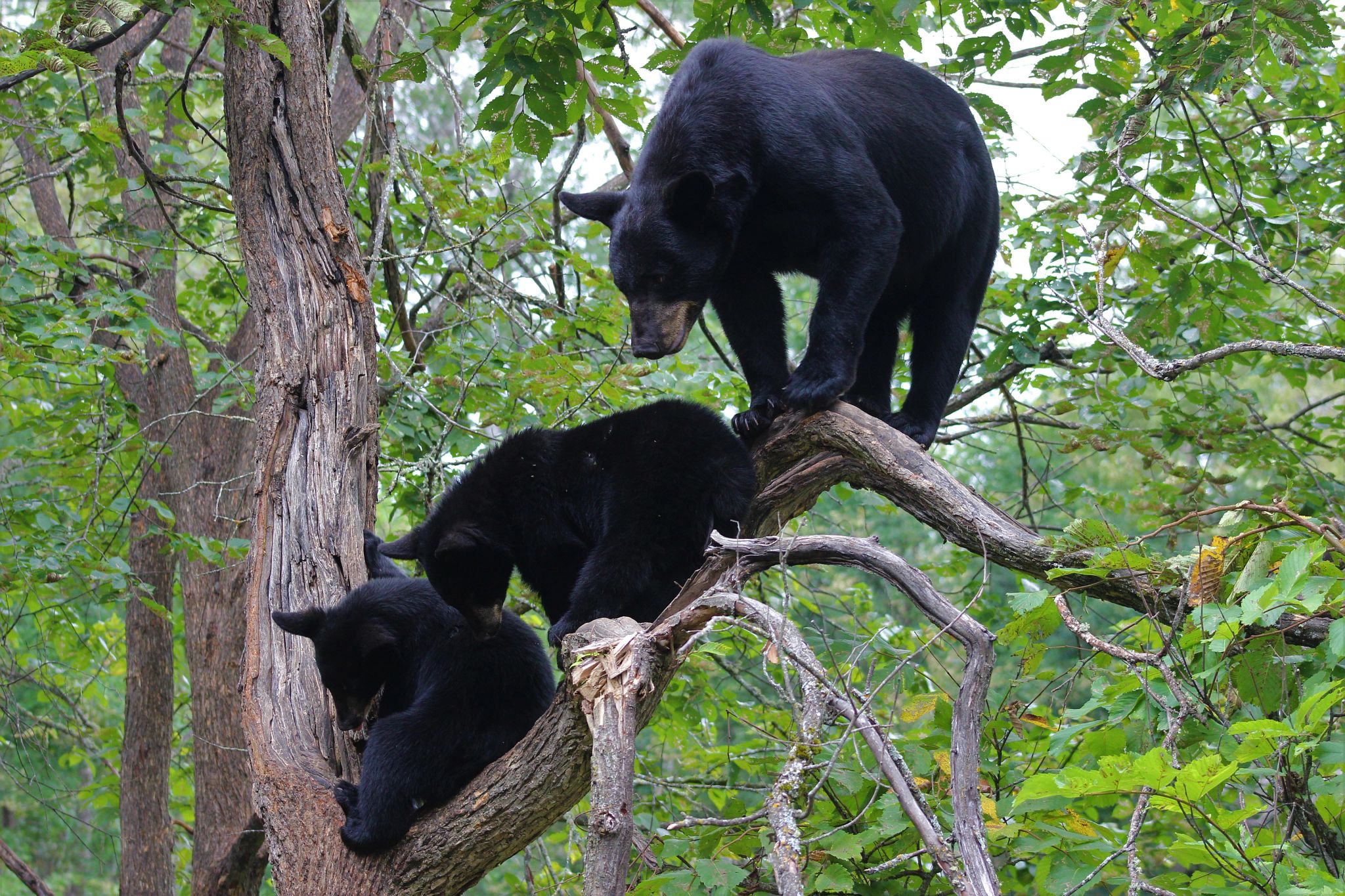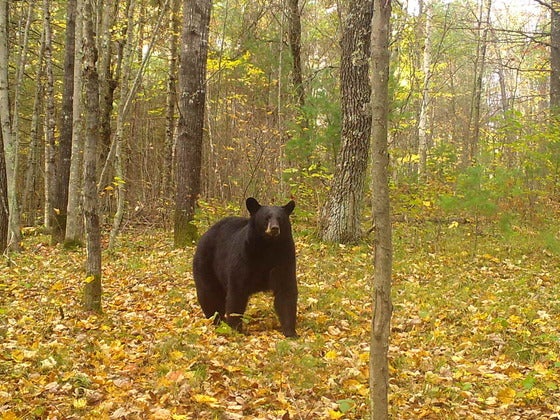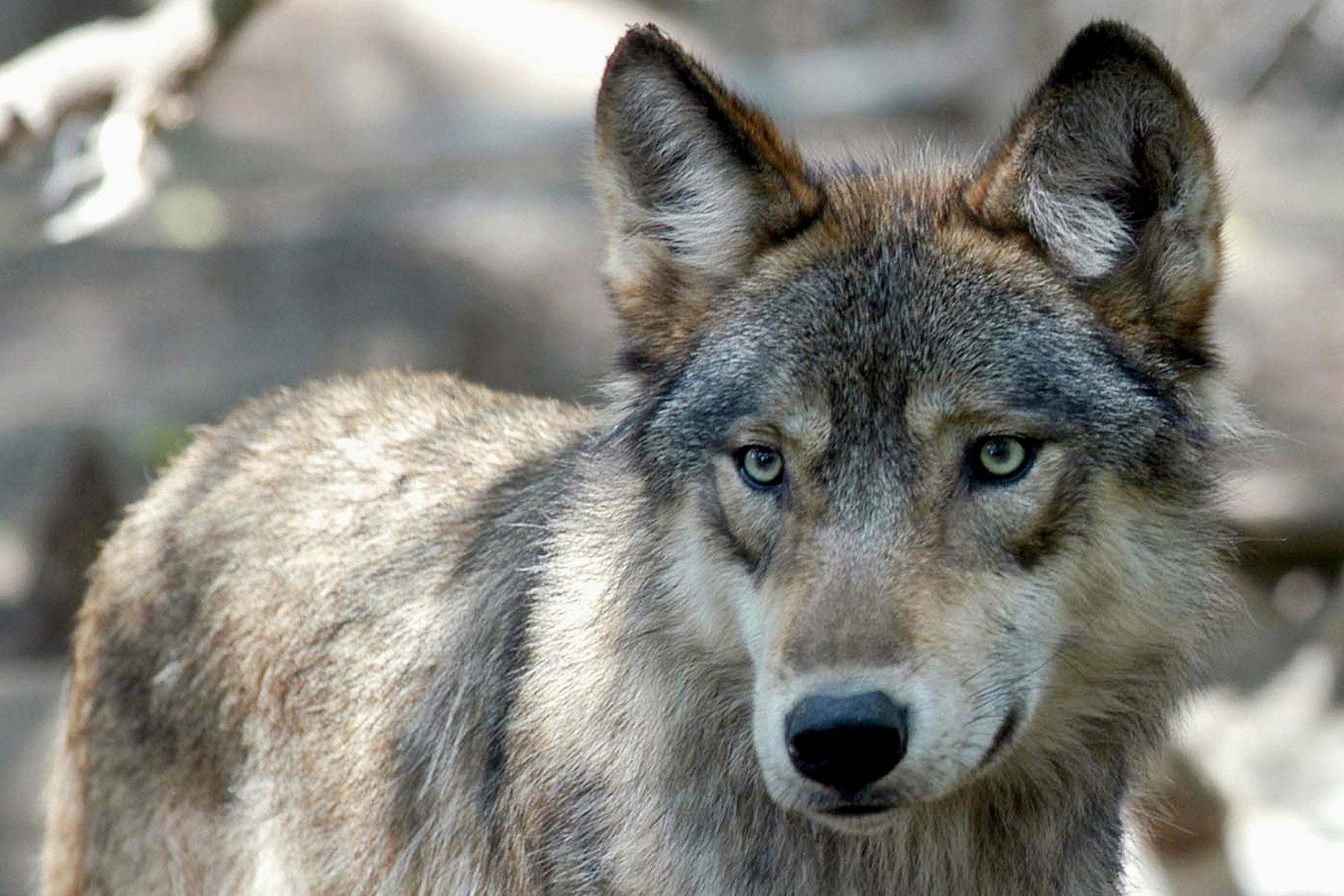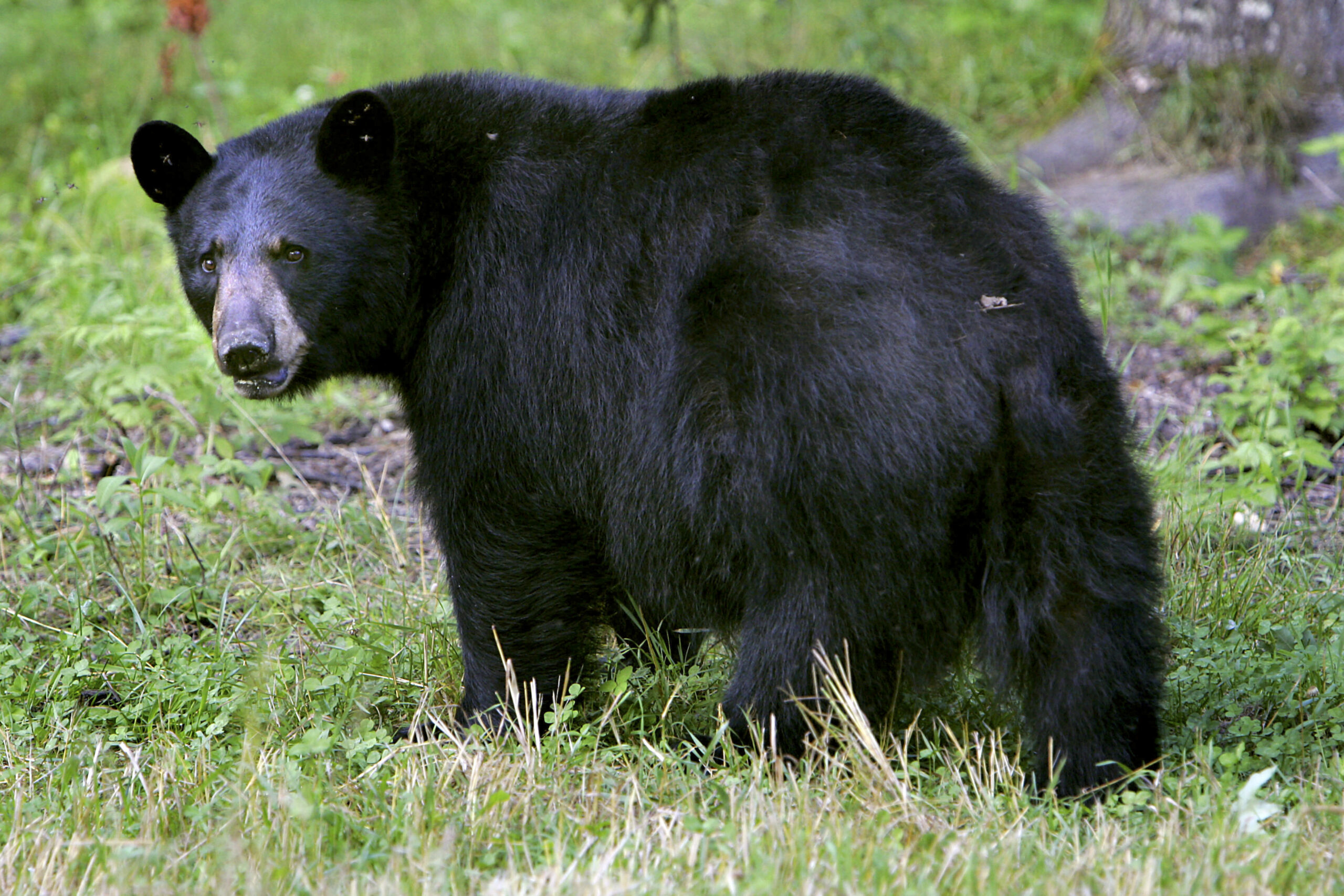Wisconsin’s black bear harvest was down 11 percent this fall compared to last year, according to the Wisconsin Department of Natural Resources.
Hunters harvested 3,685 black bear this fall, which is down from 4,136 last year.
Scott Walter, a large carnivore specialist with the DNR, said the dip wasn’t a surprise since the state issued 450 fewer hunting tags this year.
News with a little more humanity
WPR’s “Wisconsin Today” newsletter keeps you connected to the state you love without feeling overwhelmed. No paywall. No agenda. No corporate filter.
“We establish harvest quotas to essentially achieve a bear population that’s healthy, but also addresses some of those negative impacts that can come along with having bears on the landscape,” Walter said.
He said those impacts would include crop or property damage from bears. More than 124,000 hunters applied for close to 13,000 permits this year.
DNR officials said the state has a healthy bear population, which has tripled in size over the last three decades. The agency estimates there are 26,000 bears statewide, which is down from around 28,600 last year.
“The reason we reduced the quota this year in three of our zones was we had a relatively high quota and were harvesting a fairly sizable number of bears in order to achieve those management goals and it seems as though we have,” said Walter. “We lightened the harvest by reducing the quota to allow the bear population to stabilize.”
Hunters were close to meeting harvest goals in the state’s three northern bear management zones. However, Walter said they took just more than half the quota set for Zone C, which covers the southern two-thirds of Wisconsin.
He said the state will examine the population in southern Wisconsin as it revises its 10-year bear management plan.
“One of the things that we’re going to look at very closely as we go through the planned revision is what we want the bear population to look like across the southern part of the state, where we want bears, how many we want — questions like that,” he said. “Then, how we manage harvest to make sure we get the population in that ballpark.”
Walter said the DNR will examine the state’s four bear management zones, their boundaries and population goals for each area. He said they expect to have a draft plan available for public comment over the holidays with a goal of presenting a final bear management plan to the Natural Resources Board by next spring.
Wisconsin Public Radio, © Copyright 2026, Board of Regents of the University of Wisconsin System and Wisconsin Educational Communications Board.




